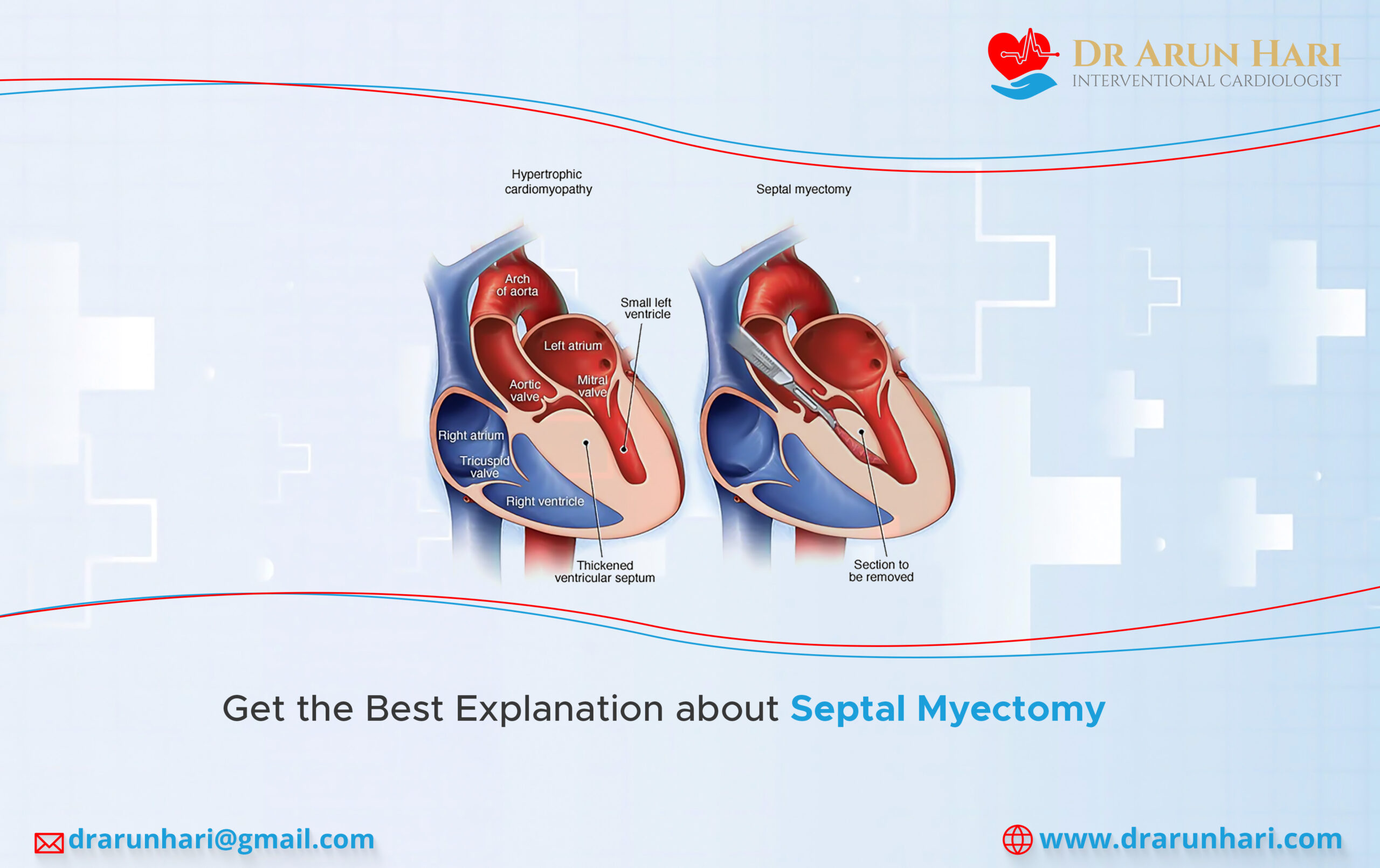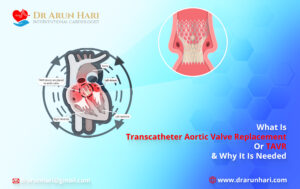Why Does One Need Septal Myectomy?
Getting Ready for Septal Myectomy
Contact Dr. Arun for Septal Myectomy
What Is Septal Myectomy?
It is a surgical procedure to remove a portion of the septum, the wall separating the heart’s two sides (the left and right sides). The septum is made of tough, fibrous tissue and is responsible for dividing the left and right sides of the heart. The septum is only responsible for directing blood flow through the heart and can become enlarged or thickened, interfering with proper blood flow. Yes! This septum is thicker than normal in some people, which can restrict blood flow and cause symptoms such as shortness of breath, chest pain, fatigue, and lightheadedness. A Septal Myectomy can improve blood flow and relieve symptoms.
Why Does One Need Septal Myectomy?
A Septal Myectomy is performed to improve blood flow and relieve symptoms such as shortness of breath and chest pain. It is usually done as part of another heart surgery, such as valve replacement. The procedure is typically performed on people with a condition called hypertrophic obstructive cardiomyopathy (HOCM), which is a type of heart disease. In most cases, it is successful in relieving symptoms and improving quality of life. The procedure can be life-changing, and most people can return to their
Any Risks of Septal Myectomy
The decision to have a Septal Myectomy is usually made after other treatments, such as medications, have failed to relieve symptoms. Septal Myectomy is generally safe, but like any surgery, there are risks. These risks can include bleeding, infection, heart rhythm problems and damage to the heart.
Getting Ready for Septal Myectomy
If you have been scheduled for a Septal Myectomy, your doctor will give you specific instructions on how to prepare. This may include quitting smoking, stopping or taking certain medications, and/or supplements to prevent complications, and also getting a few preoperative lab tests or other tests done, such as a cardiac catheterization, echocardiogram, and chest x-ray. You will also need to meet with your surgeon to discuss the details of the procedure and to ask any questions that you may have.
During Septal Myectomy
During the procedure, the surgeon will make an incision in your chest, open the heart, and access the septum. Once the septum is exposed, the surgeon will remove a portion of it. The septum will be partially removed, and any other repairs that need to be made will be done. The incision would be stitched or stapled. This surgical procedure generally takes around two to three hours to complete.
After Septal Myectomy
After the surgery, you will be taken to the intensive care unit (ICU) for close monitoring. You may feel some pain and discomfort, but this can be controlled with medication. You are likely to stay in the hospital for a few days so your doctor can monitor your recovery. You will likely have a chest tube to help drain blood and fluid from your chest. The treating specialist will ask you to take some pain medicines along with some antibiotics. You are most likely to stay in the hospital for around three to five days. During this time, you will be given medication to help with pain and to prevent infection. You also need to avoid any strenuous activities.
Contact Dr. Arun for Septal Myectomy
Septal Myectomy is a safe and effective surgery for treating thickened or stiff septum. It can improve blood flow and relieve symptoms. If you are having this surgery, be sure to follow it with an expert cardiologist. Dr. Arun, who is an expert in this domain, is at your best medical service. Contact him to advance with the process.





